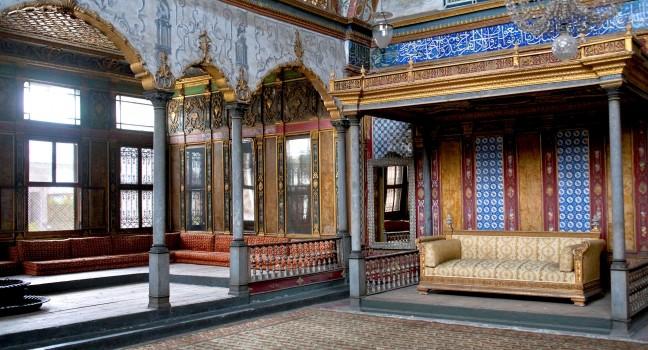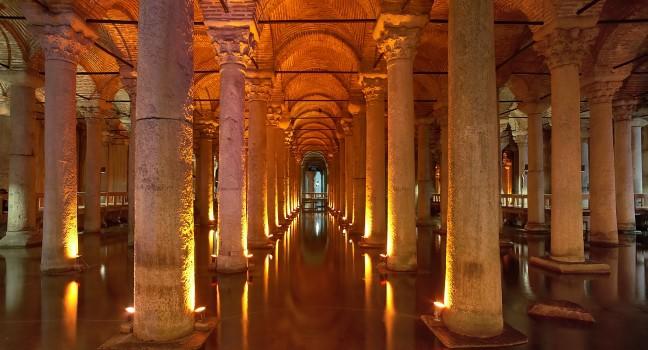Clinging to the side of a sheer cliff, the Sumela Monastery (also known as Meryemana, which is Mother Mary in Turkish, because it was dedicated to the Virgin Mary) is stunning to behold. Orthodox monks founded the retreat in the 5th century, living in clifftop caves surrounding a shrine that housed a miraculous icon of the Virgin Mary painted by St. Luke. The labyrinth of courtyards, corridors, and chapels date from the time of Emperor Alexius III of Trebizond, who was crowned here in 1340—the monastery continued under the Sultans, remaining until the Greeks were expelled from Turkey in 1922. Although the icon and other treasures have been removed, extensive frescoes done between the 14th and 18th century remain. Though sections have been chipped away or scribbled over with graffiti, they are impressive nonetheless in their depictions of Old and New Testament images—look for an Arab-looking Jesus, an almost African Virgin, and a scene of Adam and Eve, expelled from Eden, taking up a plough.
The first, lower, parking lot is beside the river (and the Sumela Restaurant). From there a well-worn trail to the monastery is a rigorous 40-minute uphill hike. Farther on is a second, upper parking lot, at the level of the monastery, a 15-minute walk away on a level path. Most organized day excursions from Trabzon drop you at the upper lot and collect you from the lower one. An extensive restoration process was completed in 2021 and the monastery was reopened, but as of December 2021 it was again under restoration and closed to visitors. Though still visible from the outside, visitors should call in advance and inquire about the restoration status.






